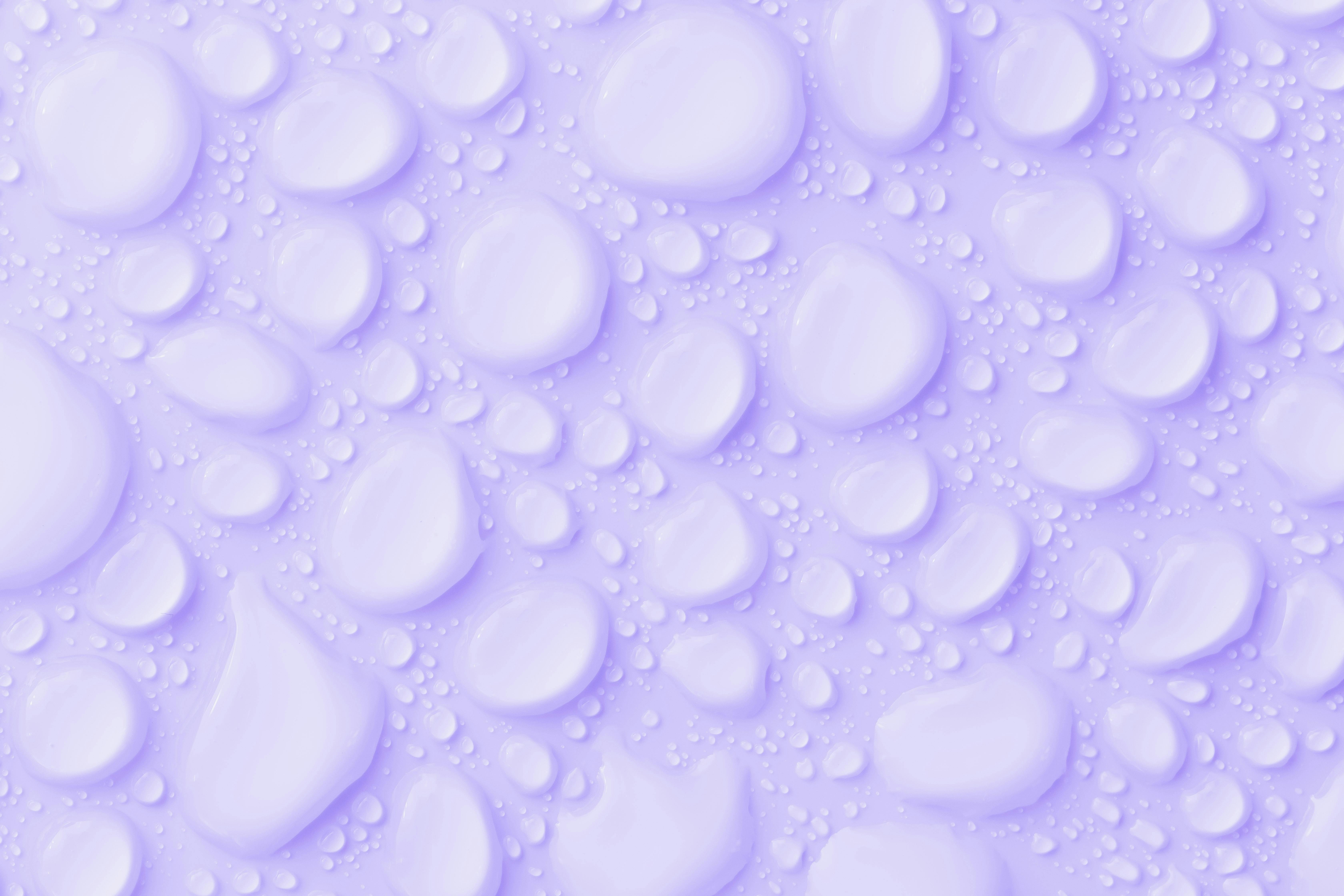Water is essential for life and is a major component of the human body. As such, it’s important to make sure that the water we consume is free of impurities and contaminants. There are two types of purified water: reverse osmosis (RO) water and distilled water. Both are free from contaminants, but they’re not the same. In this article, we’ll explain the differences between RO water and distilled water to help you decide which one is right for you.RO water is short for Reverse Osmosis water. It is created by pushing water through a semipermeable membrane that filters out contaminants, such as bacteria, heavy metals, and other impurities. The result is high-quality drinking water that is safe and free from harmful substances.
What Is Distilled Water?
Distilled water is a type of purified water that has had both impurities and minerals removed. It is produced by a process called distillation, which involves boiling water and then condensing the steam back into a liquid. This process removes any impurities or minerals that may be present in the water. Distilled water is widely used for drinking, cooking, and other household uses due to its purity. It can also be used in laboratory settings and medical procedures due to its lack of impurities.
Distilled water is not recommended for long-term consumption as it can cause mineral deficiencies over time. It can also have a slightly acidic pH level, which could be harmful to some people. For these reasons, it is important to consult with your doctor before using distilled water as a regular part of your diet. In addition, it should never be used for hydration during exercise or strenuous activities.
Overall, distilled water is a type of purified water that has had all impurities and minerals removed through the distillation process. Its high purity makes it suitable for drinking, cooking, laboratory use, and medical procedures.
How Is RO Water Made?
Reverse osmosis (RO) water is made by forcing water through a semi-permeable membrane. This is done by using a high-pressure pump to increase the pressure on the salt side of the membrane, allowing only water molecules to pass through the membrane while rejecting larger molecules such as dissolved salts. The process also removes most bacteria and suspended solids from the water, making it safe for consumption. The resulting product is referred to as “permeate” and is typically 98-99% pure. The leftover wastewater is referred to as “concentrate” and contains the rejected minerals, salts, and other impurities that were not able to pass through the membrane.
The process of RO involves three steps: pre-treatment, membrane filtration, and post-treatment. Pre-treatment involves removing sediment and chlorine from the feed water before it enters the RO system. Membrane filtration takes place in a pressurized vessel or module containing membranes with microscopic pores that allow only water molecules to pass while rejecting larger molecules such as dissolved salts. Post-treatment involves adding back minerals that may have been
How Is Distilled Water Made?
Distilled water is created through a process known as distillation. In this process, water is boiled to create steam, which is then cooled and condensed back into liquid form. This condensed liquid contains only the water molecules, and any impurities or contaminants are left behind in the boiling chamber. The resulting liquid is pure, distilled water. This process of boiling and condensing can be done either in a laboratory setting or on a large scale for commercial production.
The distillation process does not involve the use of any chemicals or other additives, so the resulting distilled water is free from any contaminants. It is also free from minerals that may be present in other types of drinking water, such as tap or well water. This makes it ideal for use in medical procedures, where pure water is essential for safety and accuracy.
Distilled water can also be used for household purposes such as steam irons, humidifiers, car batteries and aquariums. It can also be used to make coffee and other beverages that require pure water in order to taste their best. Although distilled water has many uses, it should
Difference in Taste & Texture Between RO Water & Distilled Water
The main difference between reverse osmosis (RO) water and distilled water is in their taste and texture. RO water has been filtered through a membrane that removes impurities, while distilled water has been boiled and condensed to remove impurities. This results in RO water having a smoother, softer texture than distilled water.
RO water also has a more distinct flavor than distilled water. Because it has not been boiled or condensed, it still retains some of the natural minerals from the source it was filtered from. This gives it a slightly bitter, mineral-like flavor that some people find unpleasant. In contrast, distilled water is flavorless since all of the minerals have been removed during the distillation process.
The taste and texture of RO and distilled water can also vary depending on the source they are derived from. For example, if RO water is sourced from a lake or river, it will have more minerals than if it were sourced from a well or tap. Likewise, if the source of the distilled water is rainwater rather than tap or well-water then its taste may be slightly different as well.

Difference in Mineral Content Between RO Water & Distilled Water
The main difference between reverse osmosis (RO) water and distilled water is the mineral content. RO water retains some of the minerals that are naturally present in water, such as calcium, potassium, and magnesium. These minerals are beneficial for health and can improve the taste of the water. On the other hand, during the distillation process, all minerals are removed from the water and it becomes pure in terms of mineral content.
The process of reverse osmosis involves passing water through a semi-permeable membrane to remove contaminants and dissolved solids. The membrane allows only pure water molecules to pass through it and traps other impurities on one side. This means that some of the beneficial minerals are also trapped on one side, resulting in a reduction in their concentration in the final product.
On the other hand, distillation works by heating up contaminated or salty water until it turns into steam. The steam is then collected and cooled to form distilled water. This process removes almost all types of impurities from the water including bacteria, viruses, salts, organic compounds etc., but it also strips away all
The Difference in pH Level Between RO Water & Distilled Water
The pH level of water refers to how acidic or alkaline it is on a scale of 0 to 14. The pH level of water has a major impact on its taste, smell, and even the minerals it contains. That’s why it’s important to know the difference between reverse osmosis (RO) water and distilled water when it comes to their respective pH levels.
RO water tends to have a slightly lower pH level than distilled water. This is because RO filtration removes more minerals from the water than distillation does, resulting in a more acidic solution. Most RO systems can reduce the pH by up to two points, though this is dependent on the quality of the filter used and other factors.
Distilled water has a slightly higher pH level than RO water due to its mineral content. Distillation removes most impurities from the water, but also leaves behind some essential minerals that can help increase its overall alkalinity. Generally speaking, distilled water has a higher pH than tap water and RO water, but still lower than alkaline waters like spring or mineral waters.
It
Uses Of RO Water
Reverse Osmosis (RO) Water is a type of purified water that has been processed through a semi-permeable membrane. It is commonly used in homes and businesses to provide clean, safe drinking water. RO Water has many uses from drinking and cooking to industrial applications. The most common use of RO Water is drinking as it removes all impurities and contaminants from the water, making it safe for human consumption. It can also be used for cooking, washing fruits and vegetables, aquariums, and in commercial applications such as car washes and swimming pools.
Uses Of Distilled Water
Distilled water is also a type of purified water that has been processed through a distillation process. This process involves boiling the water and capturing the steam, which is then condensed back into liquid form. Distilled water is commonly used for drinking, however it can also be used for various other purposes such as medical treatments, automotive cooling systems, aquariums, steam irons, humidifiers and more. Unlike RO Water, distilled water does not remove all impurities from the water but instead eliminates

Conclusion
RO water and distilled water are both safe to drink and provide many benefits for your health. However, they differ in terms of cost, taste, mineral content, and the process used to purify the water. RO water is more expensive than distilled water but has a better taste. RO water also contains some minerals that can be beneficial for your health. Distilled water is cheaper and contains no minerals, but it may have an unpleasant taste. Ultimately, the choice between RO water and distilled water depends on your individual needs and preferences.
No matter which type of purified drinking water you choose, it is important to make sure that you are drinking clean, safe water that meets all of your needs.

